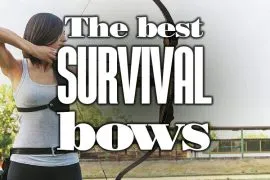Do you need clarification on the differences between a recurve and compound bows or a takedown from barebow? With a wide variety of bow types, classes, and material compositions available to choose from, making the perfect selection can be daunting. Our guide will be your go-to resource to become a master of the subject matter!
Additionally, you may find this of interest:
Table of Contents
Are you eager to explore what the best recurve bow is and see examples of it? Are you interested in the traditional style of archery and want to know what would be considered a top-notch longbow?
Compared to recurve and longbows, modern bow styles provide increased power. We have also compiled an excellent selection of both articles, featuring the finest crossbows and compound bows. Be sure to give them a look as well!
Popular Contemporary Bow Types
Recurve Bows
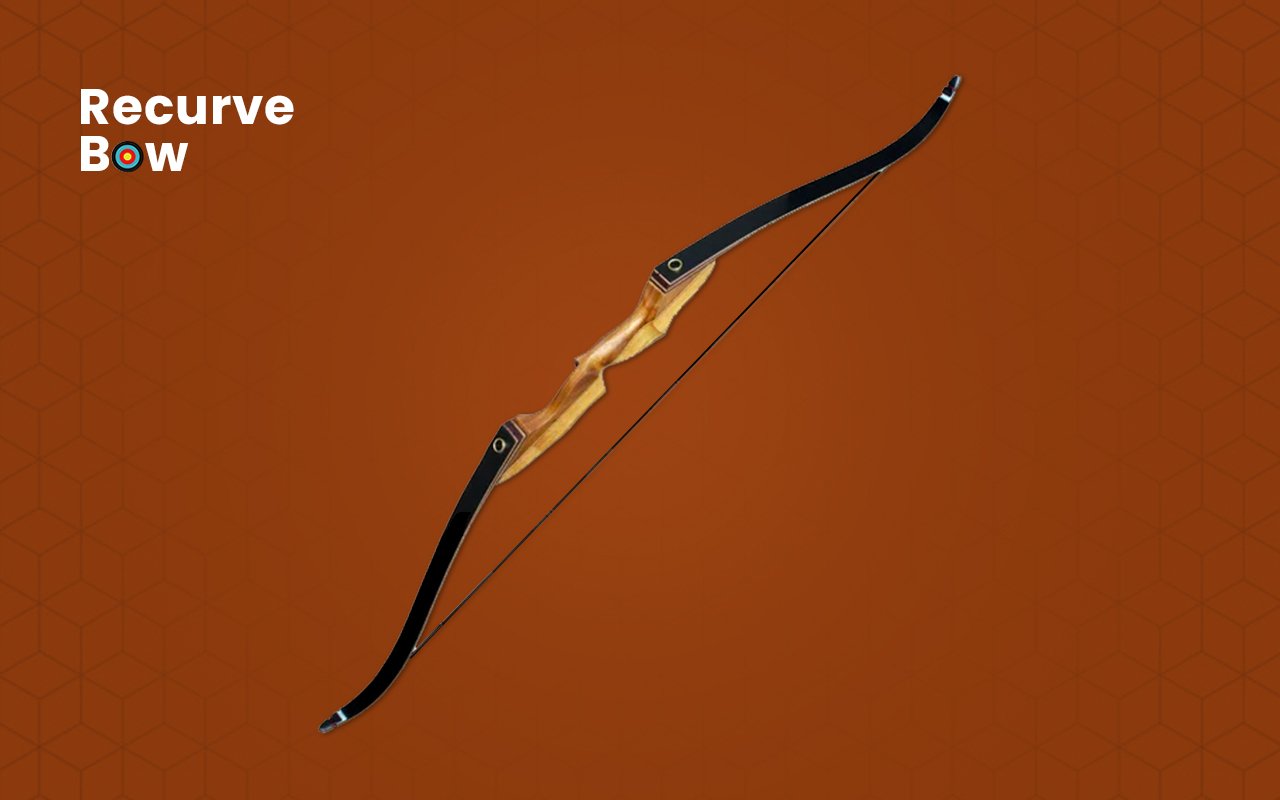
The recurve bow is the iconic weapon of choice when it comes to Olympic archery, as it’s currently the only sanctioned style for competitions. The recurve bow gets its name from the unique curving of its limbs; while most bows curve outward towards the archer, this type has tips that bend inwards. To make it easier to understand, refer to the diagram provided!
As you pull the bow back, these curved tips straighten and then spring back to their original state when the arrow is released. This added force lends greater power and velocity to your shot.
A recurve bow is primarily composed of the following components:
- Riser – The riser is the central pillar of a bow, acting as its foundation.
- Limbs – The endpoints of the bow attach to the string and generate shooting power, enabling it to be fired.
- Grip – The handle of the riser is what you grasp.
- Arrow Rest/Arrow Shelf <span data-preserver-spaces=”true”>– Whether you prefer to set your arrow down on the shelf or attach a specialized rest, bows are available with either feature.
Modern Recurve
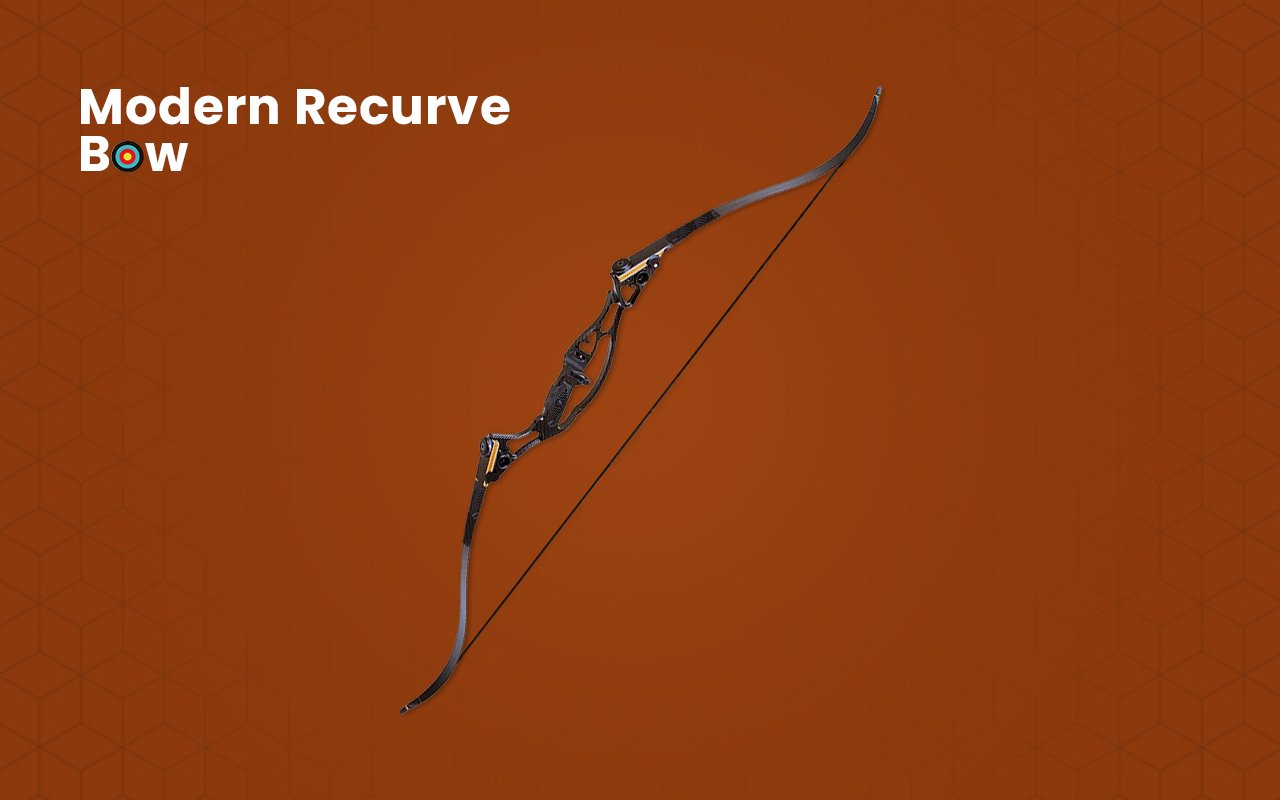
Recently manufactured recurve bows are commonly takedown, which allows the upper and lower limb to be taken apart. You can observe the thumbscrews in the accompanying photo. As an archer increases their proficiency, recurve bows can exponentially be enhanced with sights, range finders, pressure buttons, clickers, weights, silencers, and stabilizers. This will optimize accuracy while shooting arrows with more power and control than ever before! To get a glimpse at how the accessories look, click any of these links.
The contemporary recurve bow is designed with a riser consisting of materials such as aluminum, magnesium, carbon fiber, specialized alloy, wood, and limbs created from composite items like laminated composites, graphite, or glass.
Traditional Recurve
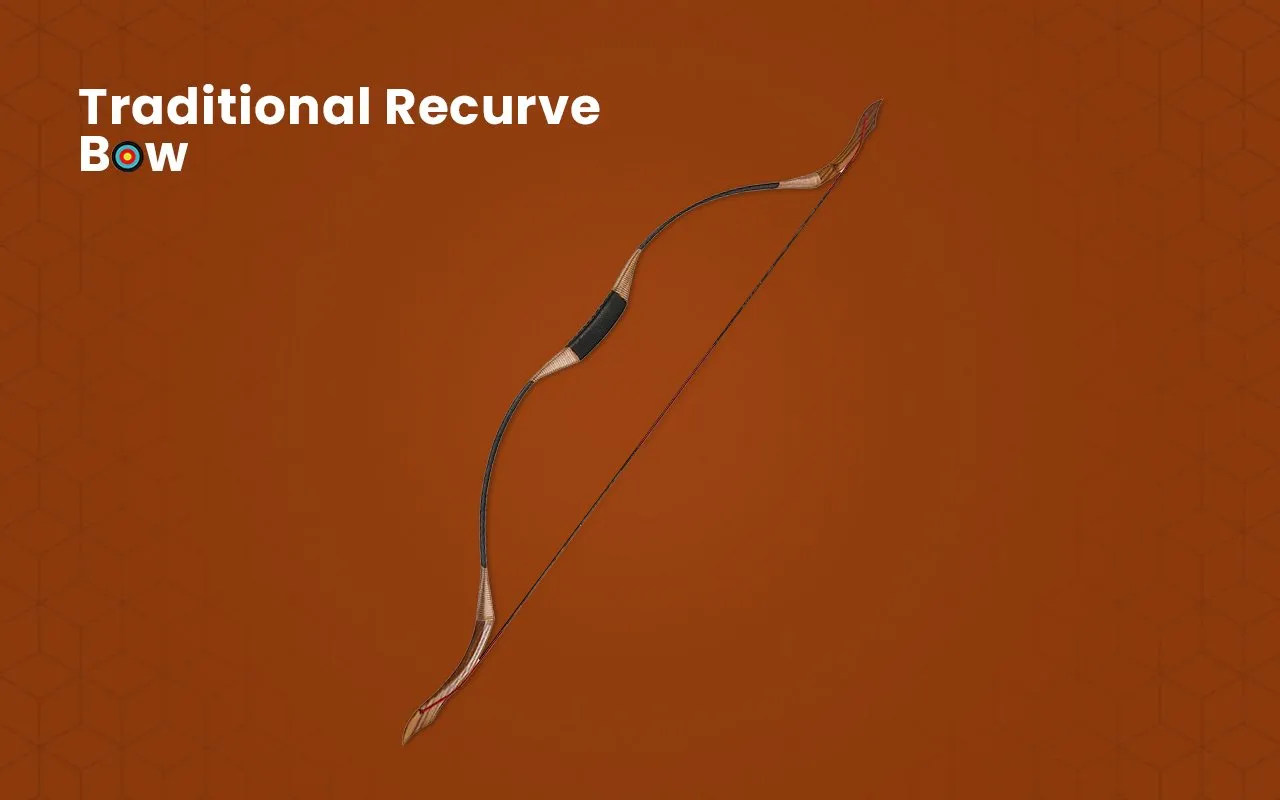
Traditional bows constructed from a single wood piece or a composite of multiple kinds of wood can be recurved to improve performance and accuracy. Mongolian and Turkish bows are prime examples of the classic recurved bow design. Further down this article, we’ll be discussing traditional bows in detail. Whenever you think or mention the word ‘recurve,’ understand that it refers to a bow’s particular shape. This same form applies across all types of bows without fail.
Compound Bows
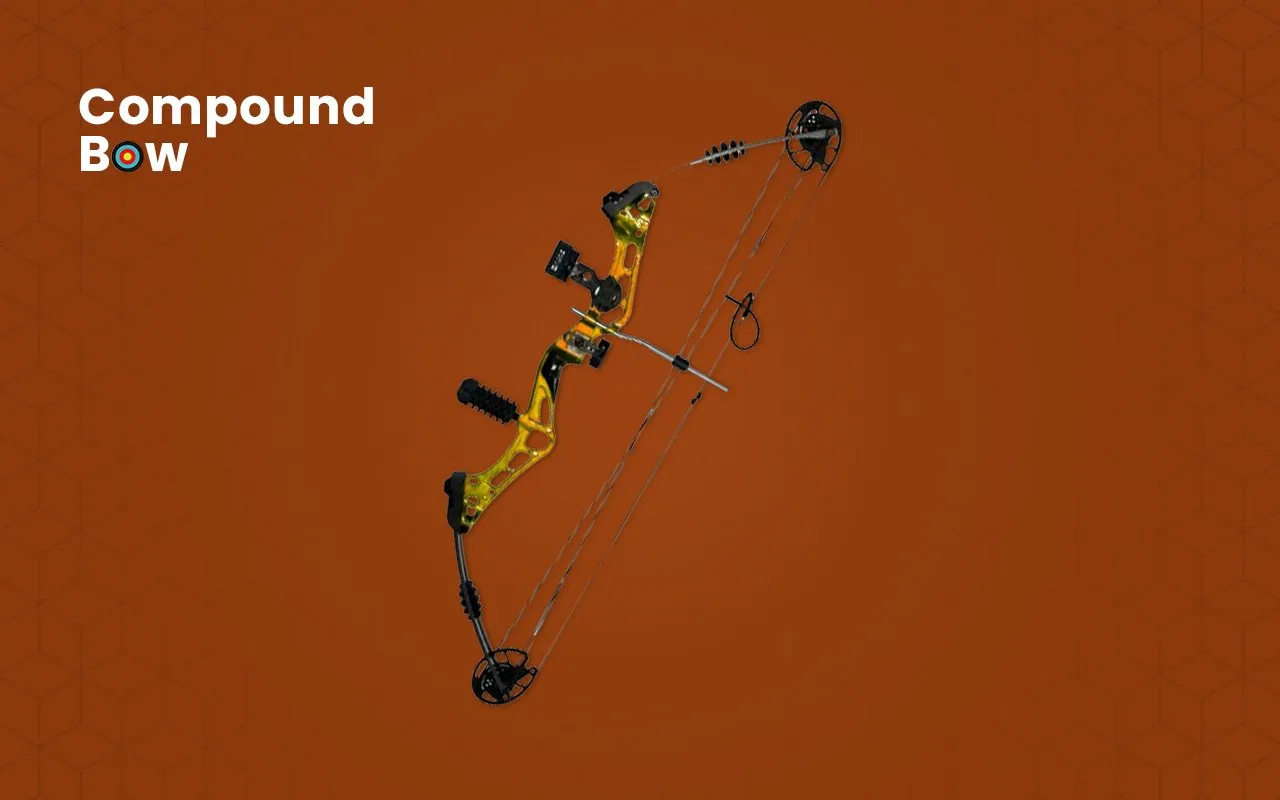
Compound bows typically have a cam or pulley system at the top of the limbs to support archers when drawing back. This mechanism multiplies the strength from within the limbs, transferring it through to string and arrow upon release for an effortless yet powerful shot. In addition, such systems help quickly keep strings drawn in place over long durations. For a thorough examination of the components that make up a compound bow, click here for our in-depth article.
Due to its intricacy, compound bows are generally not designed for disassembly, and takedown variants of this type are largely unavailable. If you’re looking to learn the advantages and disadvantages of compound bows versus recurve bows, then this article is a great place to begin!
Check it out!
Crossbows
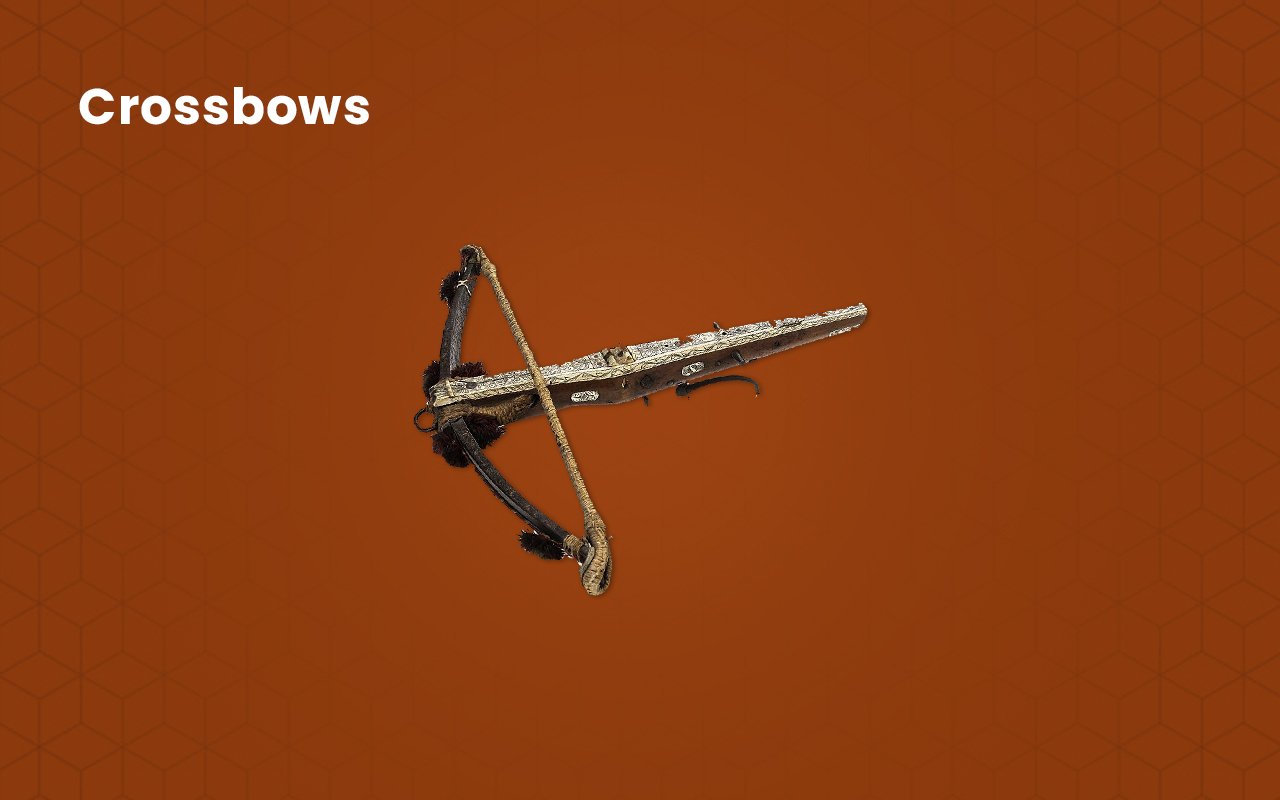
A crossbow is a bow that can be held and operated similarly to a rifle or gun. This device contains a system that permits the string to be drawn back and kept in position until it is set off by pressing the trigger. Crossbow arrows go by many names, but the most common is ‘Bolts.’ The act of firing a bolt only requires pulling the trigger. There exists a miniature version of the crossbow known as the ‘pistol’ crossbow. Pistols are crafted to be gripped and discharged with a single hand, earning their name from their iconic pistol-like shape. The more popular version is full-sized and held with both hands, while the butt should be pressed into the shoulder (similar to using a rifle) when shooting. Crossbows are crafted with either recurved or compound limbs, depending on the model. Check out this comprehensive article that reviews and reveals the very best crossbows available on the market right now.
Compound Crossbow
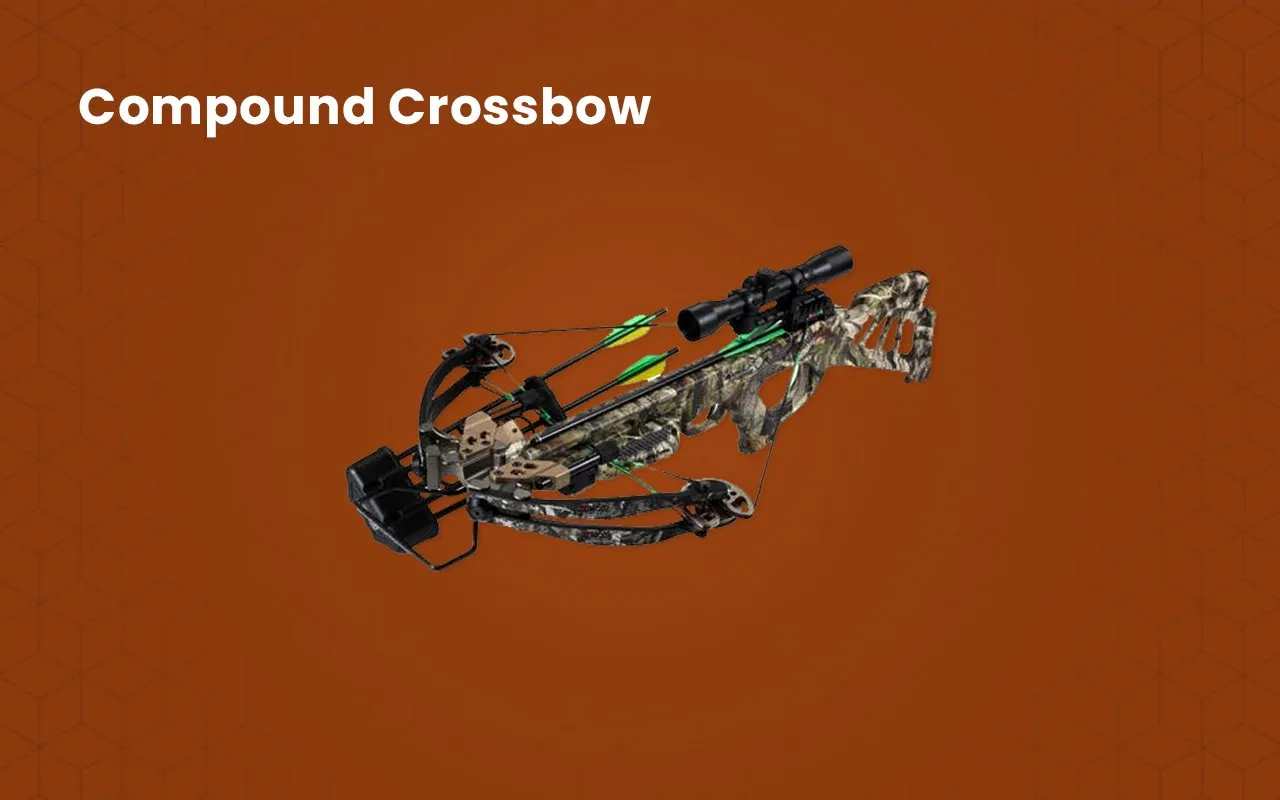
Enjoy unmatched power and accuracy with a compound crossbow which uses the pulley or cam system to reduce draw weight while increasing shot velocity. Because of their improved efficiency, compound bows are able to feature a slimmer design than recurve bows with the same amount of power. To better comprehend the distinctions between recurve and compound bows, be sure to read this article that dives into a comprehensive comparison of each. Although this concept is not exclusive to crossbows, the basics remain unchanged. If you are interested in learning the distinctions between compound bows and crossbows, then this piece is right up your alley.
Bow Terminology
Takedown
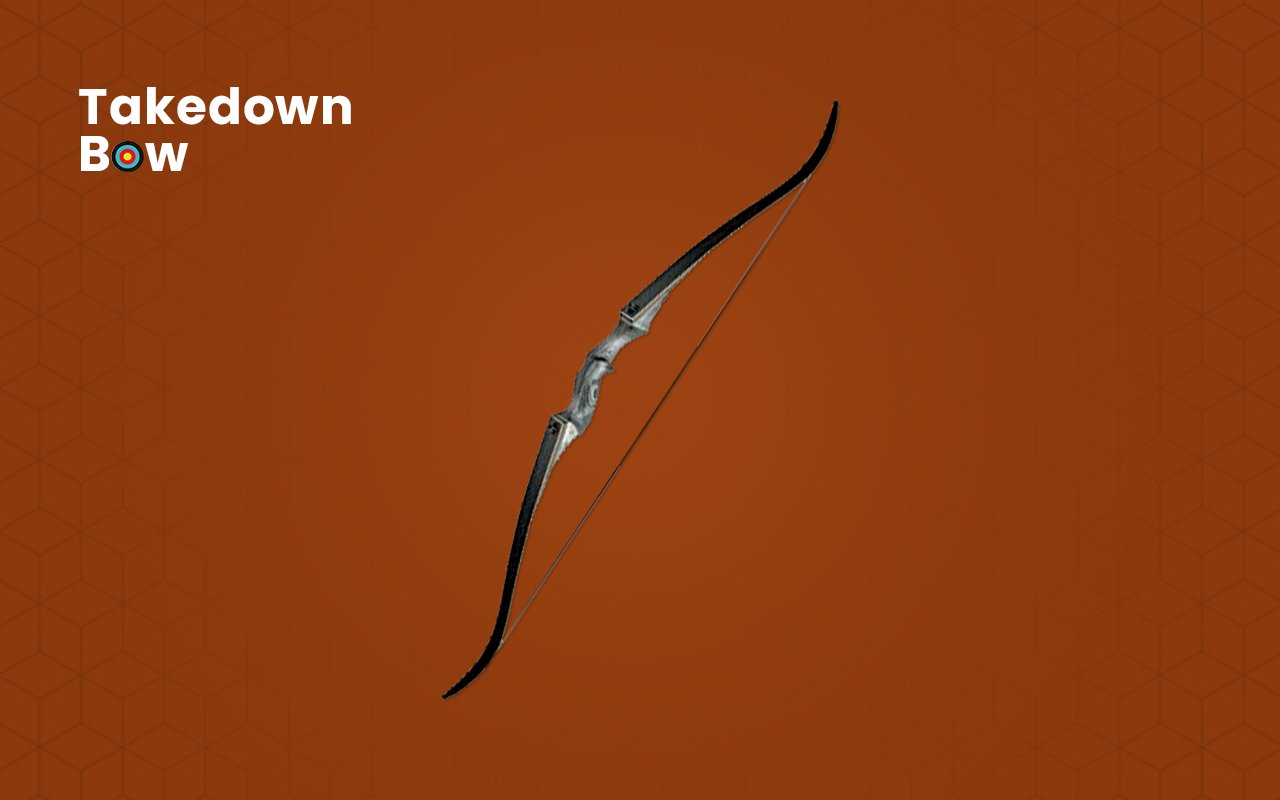
Don’t be fooled by the title “takedown bow,” as it doesn’t refer to hunting or taking down prey. Instead, a takedown bow is designed with convenience in mind and can easily be disassembled for transportation purposes! A takedown recurve bow is designed to be taken apart easily—remove the string and disconnect the top and bottom limbs, breaking it down into three parts.
Barebow

For competitive purposes, barebow is an archery term that alludes to a bow with no sight, stabilizers, or any other additional accessories and must also fall within a specified unstrung size range. A competitive barebow is a modern bow without any additional devices, like sights, clickers, or stabilizers. Despite this, a few models include the option of adding weights to the riser. An individual who uses a traditional or modern bow without any assistance can be termed as shooting instinctively.
Self Bow
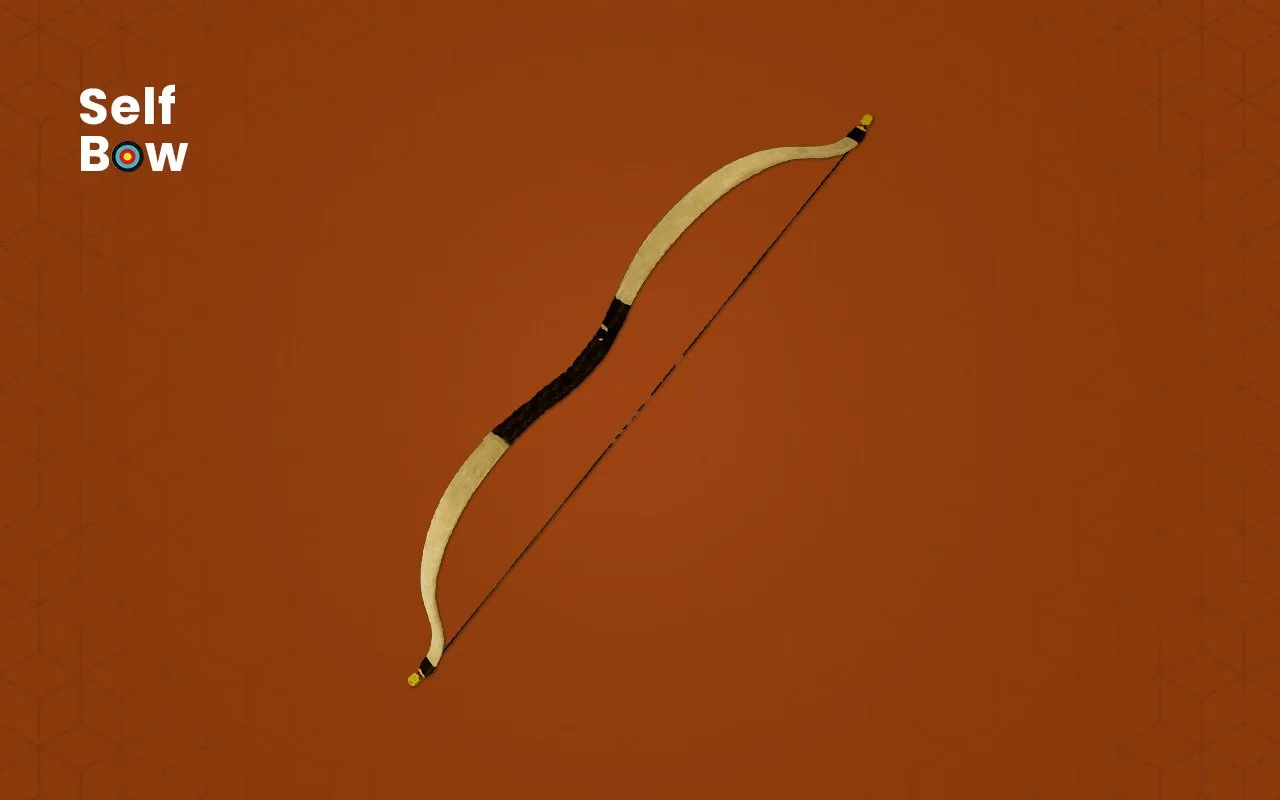
Are you familiar with the term ‘self bow’? This is a type of bow crafted from one single piece of wood. Countless classic bow designs, from longbows to flatbows, are what are known as self-bows.
Specialist Bow Types
Flight Bows
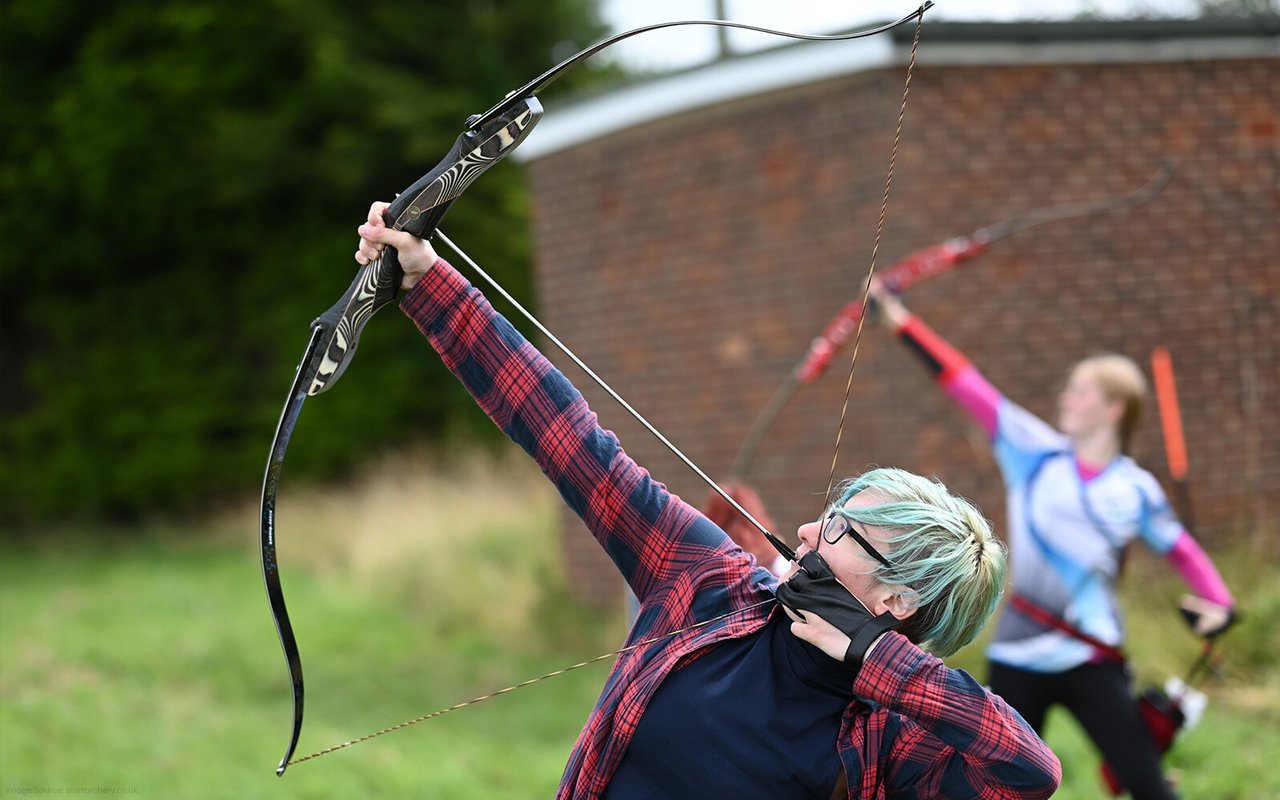
In flight archery, the goal is to launch arrows as far as possible, making it an exceptionally specialized sport. Flight bows have been designed to use for this activity, usually a recurve or compound bow. These types of bows are remarkable since they can support the shorter arrows used in flight archery and allow them to be drawn back inside the arc of the bow’s limbs while resting on an archer’s arm–giving them more power with their shot!
Horse Bows
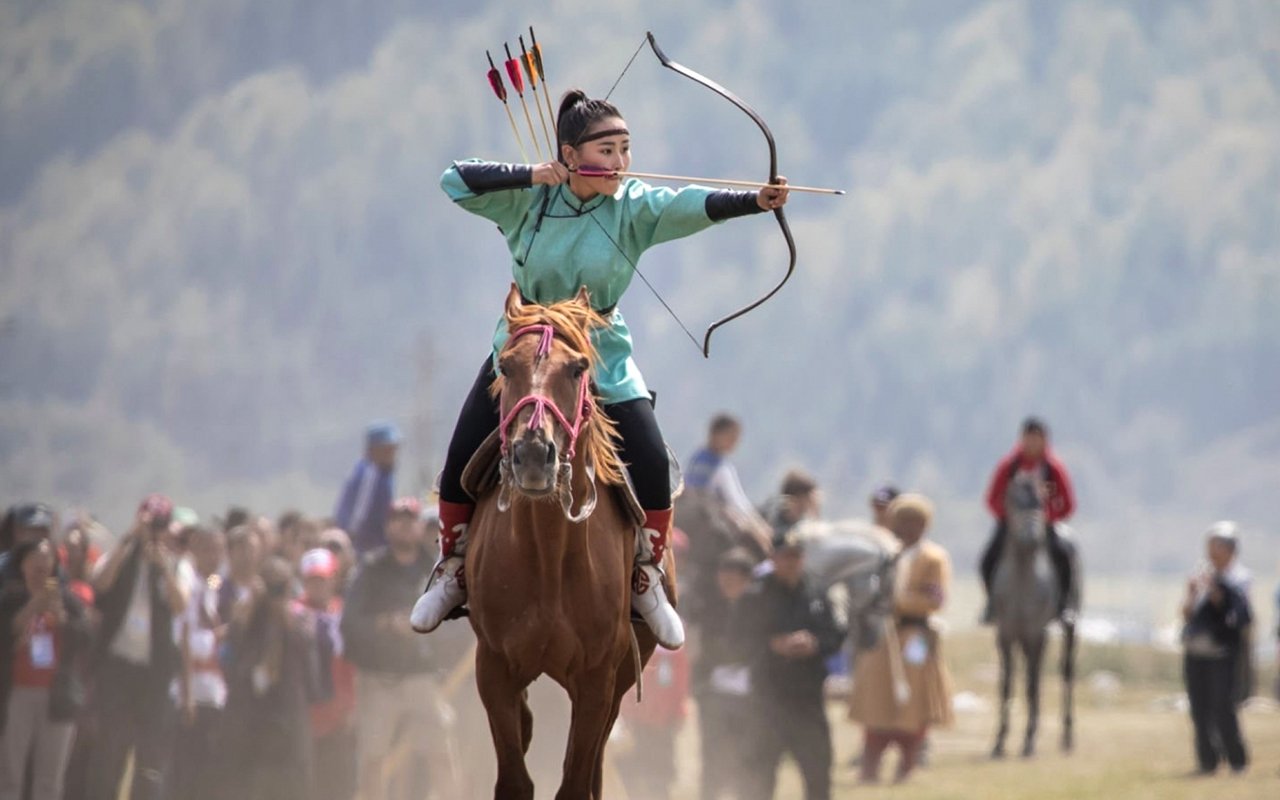
Horse-riding archers tend to prefer a smaller recurve barebow, otherwise known as a horse bow or short bow.
Foot Bows
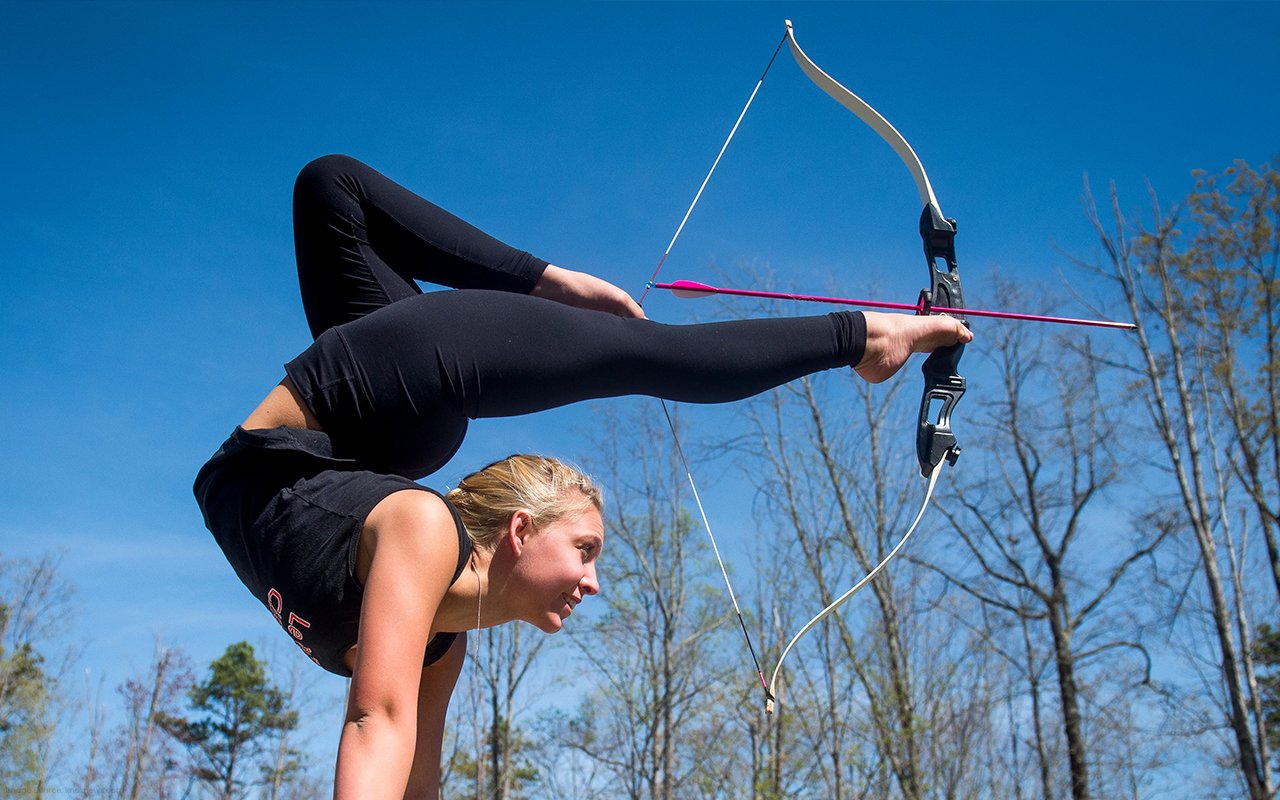
A foot bow is a robust composite bow with an immense draw weight, crafted to be drawn utilizing both hands while the feet stabilize it – all in the lying position. For flight archery, this robust bow is a perfect choice; it offers tremendous power with every shot.
Survival Bows
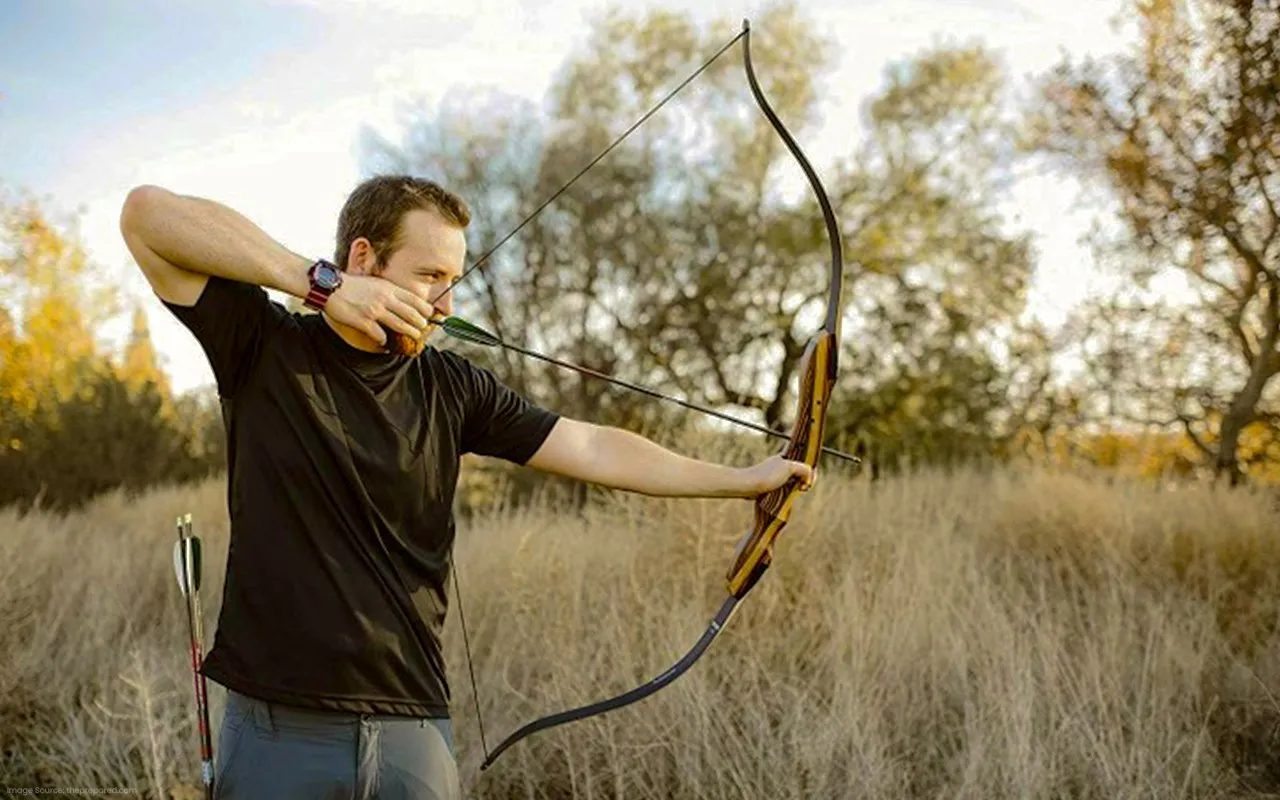
In this modern day and age, with the growing prevalence of apocalyptic fiction and more people wanting to put themselves in extreme survivalist scenarios or get ready for a doomsday scenario (take a look at ‘Prepper’ or ‘SHTF’), special types of bows have appeared on the market called “Survival Bows.” These weapons are designed to provide you with an advantage when faced with unpredictable challenges. A survival bow is a lightweight and convenient takedown (or folding) D-style bow that can be quickly assembled, transported, and stored. This type of bow even allows you to store arrows inside the body. If you’re looking for the perfect survival bow, look no further – we’ve rounded up a fantastic selection of options to choose from! Click here to check out our list with all of the top picks.
Traditional Bow Types
Longbows
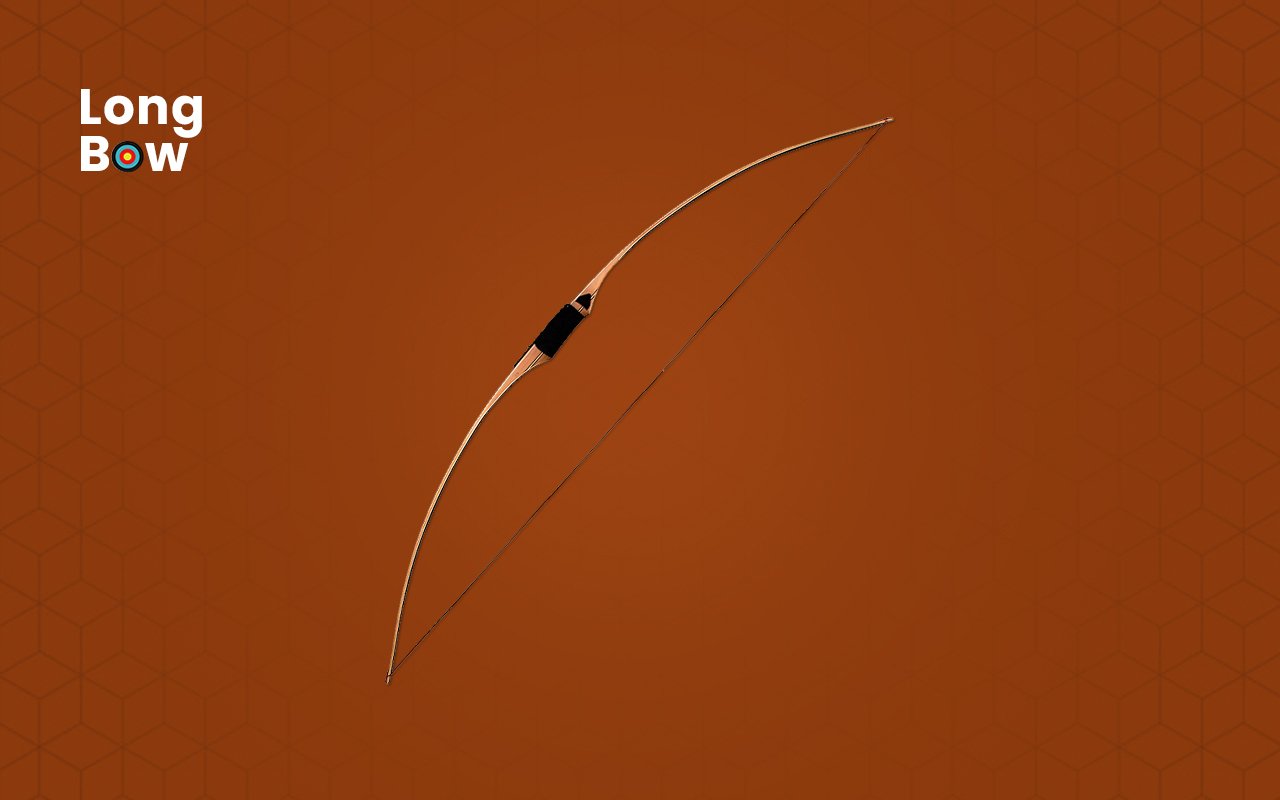
The longbow is a distinct, one-piece bow and the most famed of its kind is the English variation commonly crafted from yew or wych elm. By layering multiple materials together, modern longbows (like these featured in our best longbow roundup) can be fashioned with a lighter and more robust result. Standing tall above an archer at 5 feet (1.5 m) or more, a longbow is designed to yield greater power and accuracy in shots due to the rounded limbs that grant it full draw capabilities.
The characteristic D-shape of the longbow comes from its limbs, which are designed to remain straight for maximum power and accuracy. English soldiers relied upon the longbow from the 14th century until firearms were developed, making it their primary weapon of choice.
Short bows

You may have also encountered the term ‘short bow’ at some point. Presently, a short bow is typically associated with small, curved bows utilized by horseback archers. When riding a horse, shorter bows make for easier handling. Comparatively, recurve bows possess distinct benefits and downfalls compared to longbows.
Flatbows
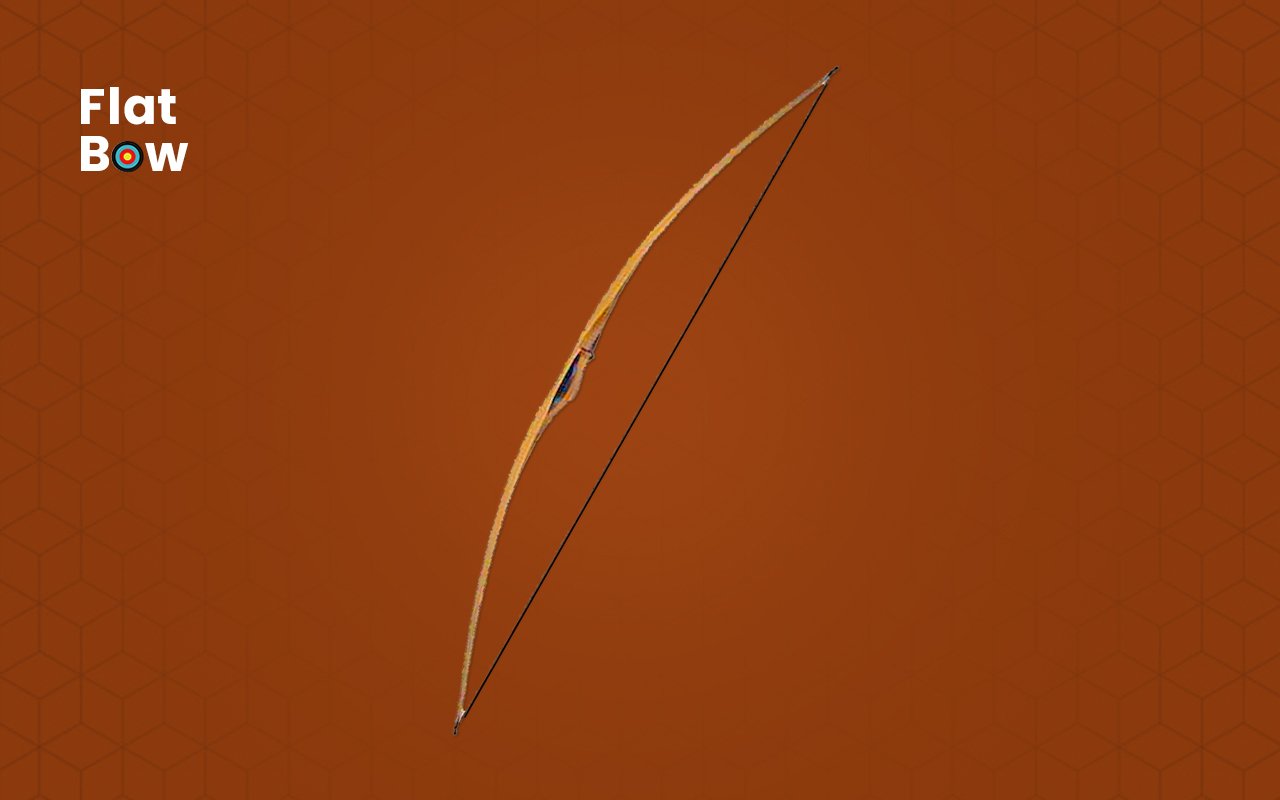
Historically, the flat bow was exclusively used by Native Americans and is thus fittingly deemed as the ‘American Flatbow.’ It has unique rectangular cross-sectional limbs that give it an unmistakably flat appearance! The wide limbs of the bow gradually taper toward the handle, giving it a more comfortable grip. Though this kind of bow still needs to be determined, it is plausible that this kind of bow preceded the modern recurve bow.
The Kyudo Bow (Yumi)
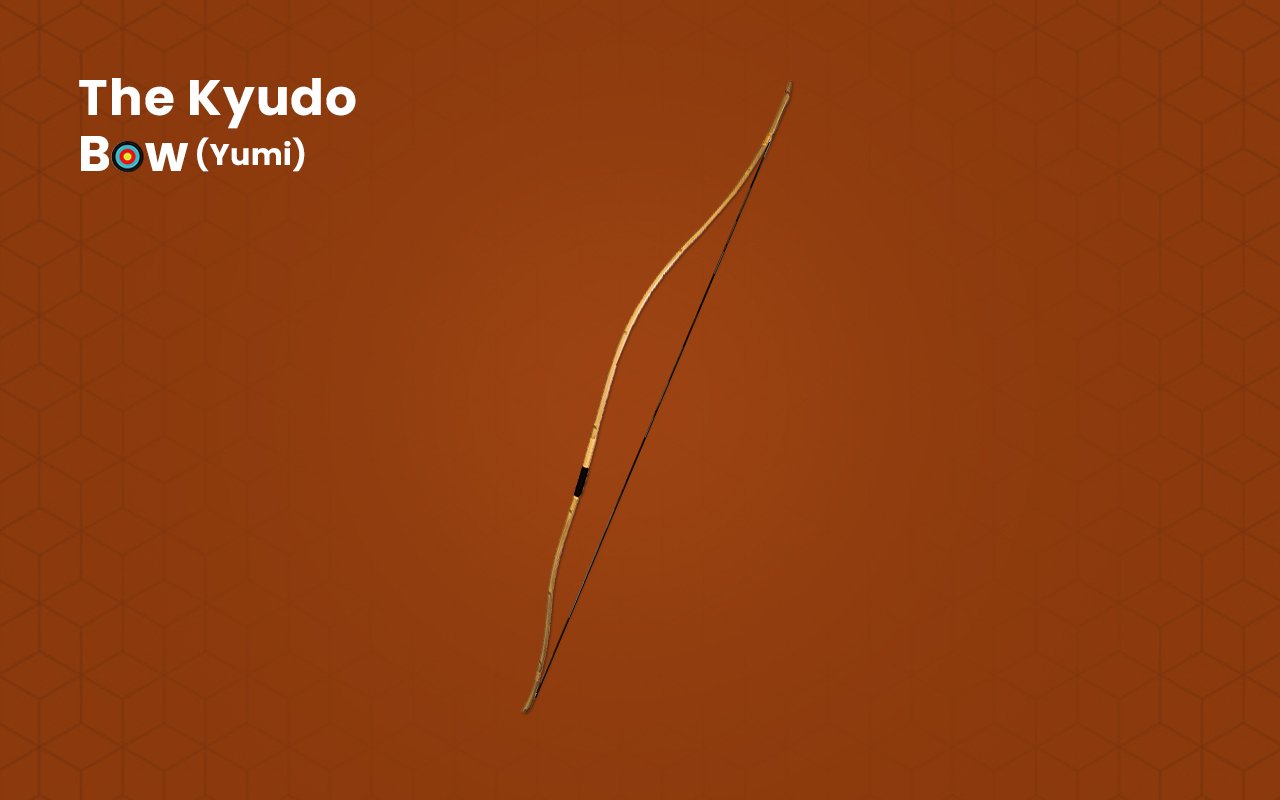
Kyudo, or “The Way of the Bow,” is an ancient Japanese martial art that uses a specialized bow called Kyudo. This round-limbed longbow commonly stands two meters tall and is typically crafted from one piece of wood. Kyudo practitioners usually rely on bows made from bamboo, yet this material is fragile and prone to wear. Therefore, modern versions are crafted with fiberglass or carbon fiber for improved durability.
Reflex Bow
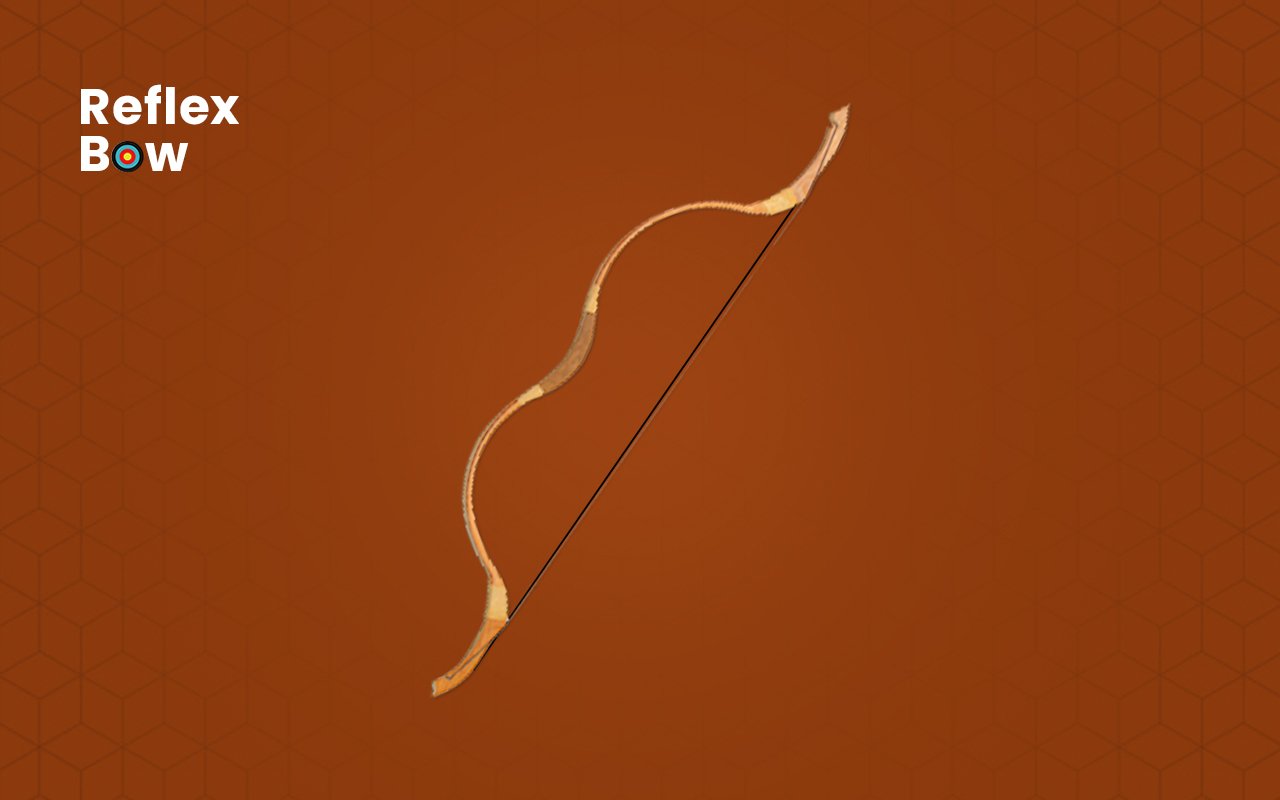
With a reflex bow, its limbs will naturally bend away from you when it is not strung. When drawn, the limbs of a bow naturally spring into a curved position. This tension that seeks to return back to its natural shape is what gives it strength and power for shooting arrows.
Bow Construction Materials and Methods
Wooden Bows
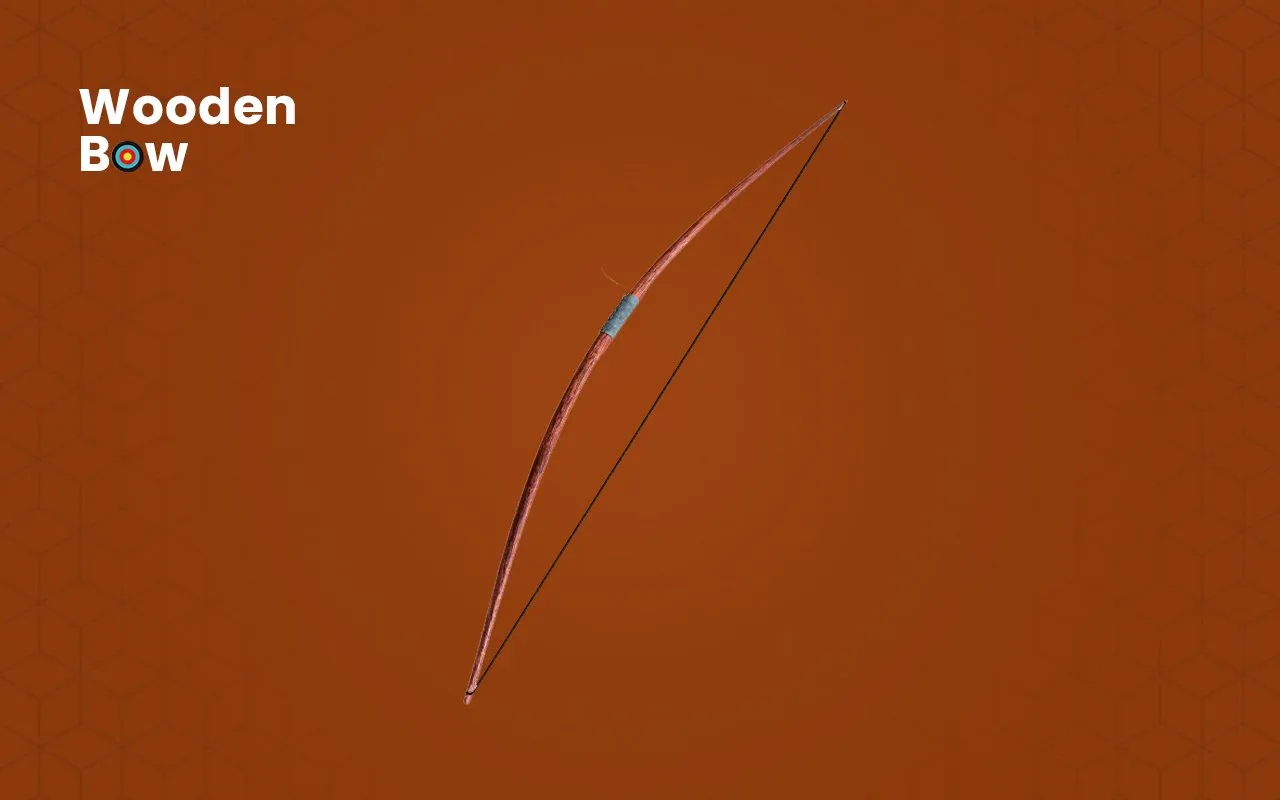
From yew and wych elm to rosewood, most traditional bows, such as the longbow, flatbow, and yumi, are crafted from various kinds of wood or bamboo.
Fiberglass Bows

Fiberglass can create bows and limbs that are both reliable and flexible, making it a step up from wood. However, if you’re aiming for the highest quality modern bow on today’s market, there are better options than fiberglass. As compared to other bows, fiberglass models come at a much more affordable price and are commonly used for children’s playtime or specialized purposes.
Composite Bows
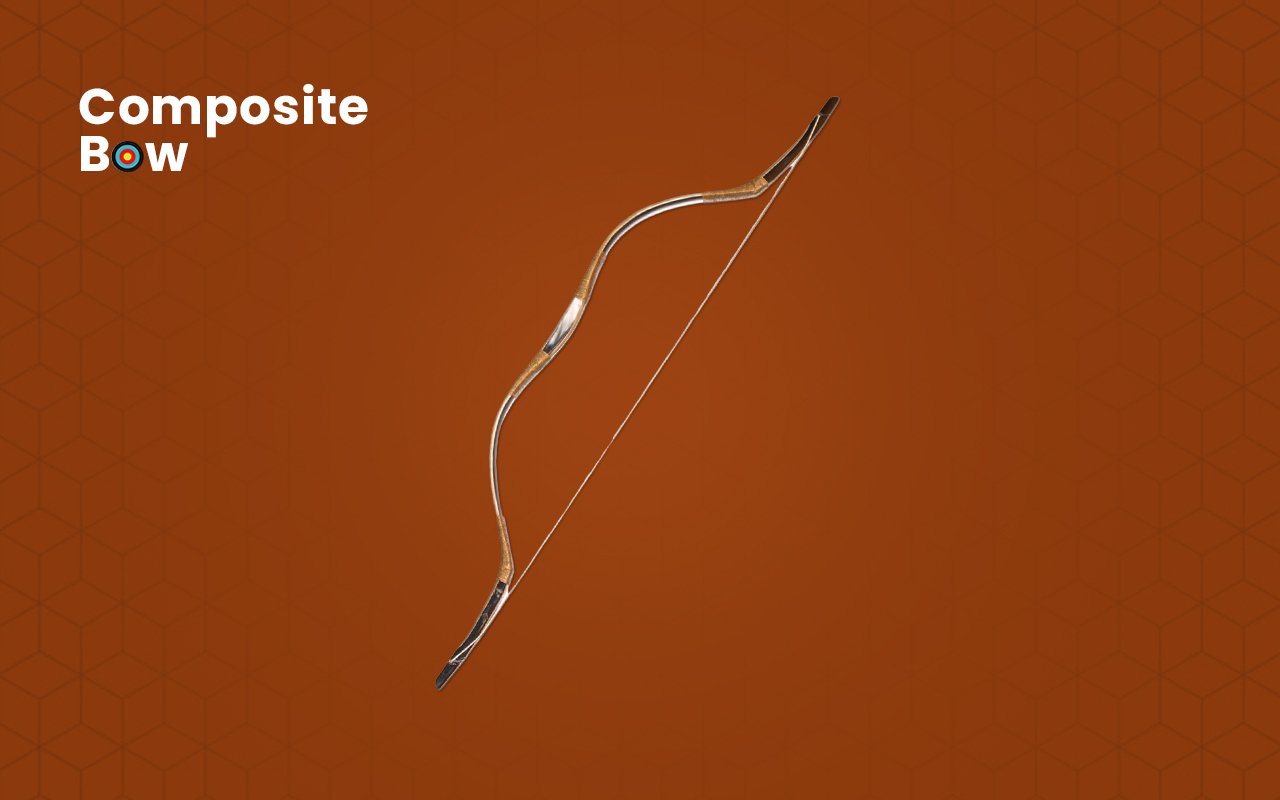
A composite bow is constructed from a combination of materials, such as wood and fiberglass, that together provide greater durability and flexibility than when using one material alone. A compound bow typically alludes to a conventional bow made from wooden and sinew materials; however, modern composite bows such as these are usually laminated.
Laminated Bows

By joining multiple layers of material through a glue, heat, or weld process, laminate construction creates an entirely new composite that is sturdier than the individual components. In producing top-notch recurve and compound bow limbs, lamination is a technique that must be considered.
Solid Glass/Glass Bows
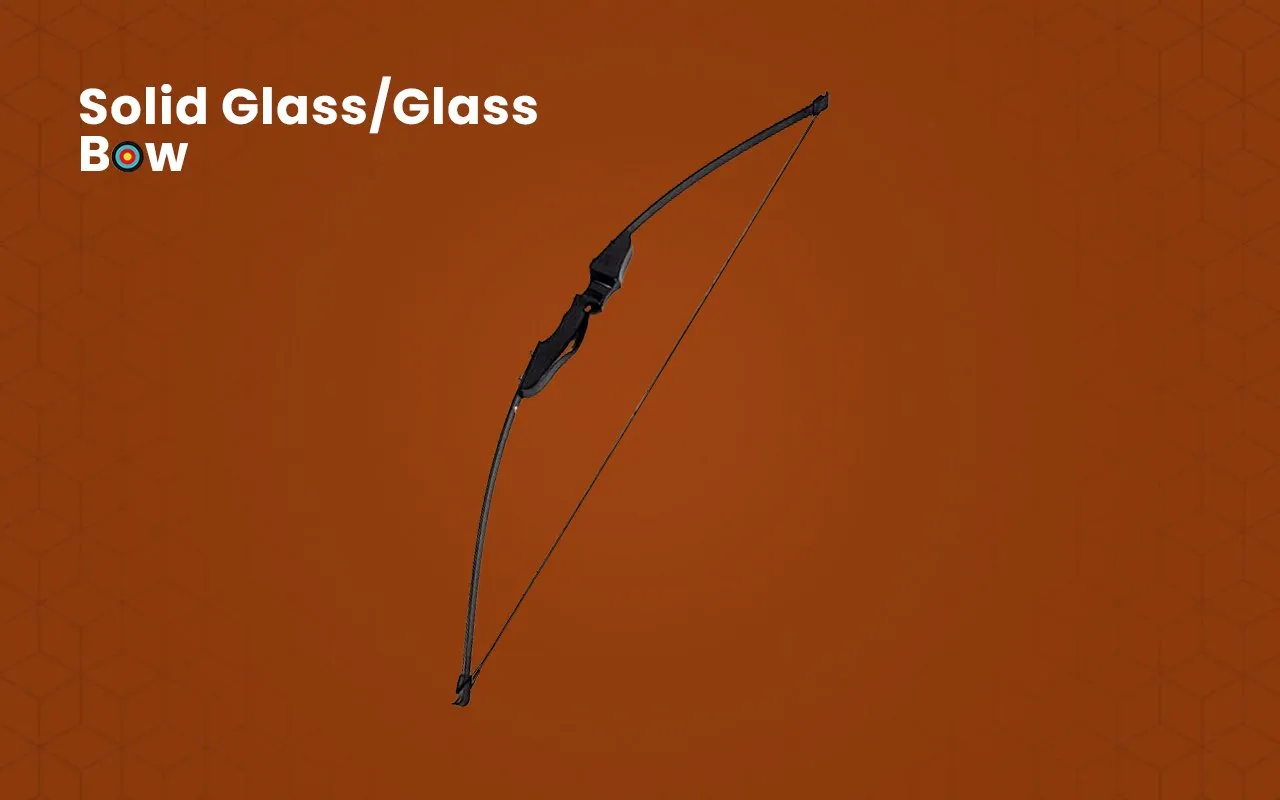
Modern bows constructed from solid glass or graphite limbs that are extruded offer a variety of strength and properties as opposed to lamination, all while producing a distinct feel and power. This, however, comes at an extra price tag.



